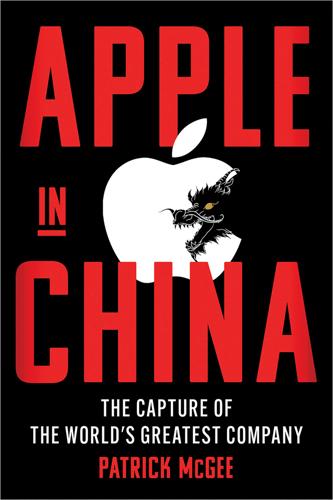
Apple in China: The Capture of the World's Greatest Company
by
Patrick McGee
Published 13 May 2025
The result was a remarkable boom unprecedented in world history: the Middle Kingdom, a country of more than a billion people, opened to the world, modernized at a frenetic pace, and grew some 10 percent a year for three decades. Hundreds of millions of people were lifted from poverty. As early as 1984, President Reagan was calling China “a so-called Communist country,” suggesting that as the country planted the seeds of economic reform, the flower of political reform would bloom. In 1980, Shenzhen was a fishing village of fewer than 70,000 people. But as a special economic zone just across the harbor from Hong Kong, Shenzhen and the area around it underwent a metamorphosis. “By the late 1980s, the entire 104-mile route from Hong Kong to Guangzhou was lined on both sides with factories,” according to the late Ezra Vogel, a Harvard scholar and the biographer of Deng Xiaoping.

The Hidden Globe: How Wealth Hacks the World
by
Atossa Araxia Abrahamian
Published 7 Oct 2024
The scholar Taomo Zhou has shown that Shenzhen’s open system took root somewhat more organically, as residents themselves seized opportunities for cross-border arbitrage and exchange during the Mao era. When Juan Du, an architecture scholar at the University of Toronto, began her own inquiry into the same question, she was so stunned at the discrepancy between the myth of Shenzhen—the old “fishing village” bit—and the city’s reality that she ended up writing a whole book about it. “After more than a decade of scholarly research, architectural projects, and community engagements in the city, I am convinced that this coherent story is less a factual account of the city’s evolution than it is a founding myth,” she writes in The Shenzhen Experiment (2020), noting that her use of Chinese- as well as English-language sources complicated the conventional narrative.
…
What mattered most was that the idea appealed to Sheikh Maktoum bin Rashid Al Maktoum, Dubai’s ruler at the time, who, following his father, presided over the city’s rise from sun and sand to glass and steel. Dubai’s founding myth—that its business-minded rulers transformed it from a mere fishing village to a financial behemoth over a few short decades—is a lot like Shenzhen’s and Singapore’s. (What is it with capitalists and their fishing villages?) The narrative has been gobbled up and spat out relentlessly by corporate interests, journalists at The Wall Street Journal and the Financial Times, and the state itself. Never mind that all the cities in question were for centuries outposts for colonial and regional trade, local culture, and political traditions.
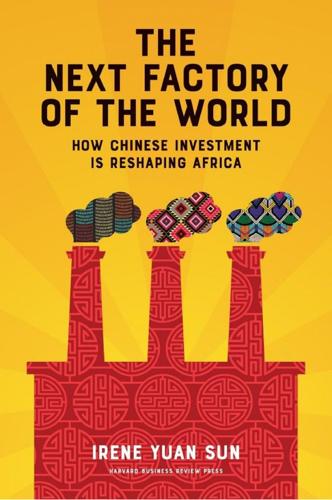
The Next Factory of the World: How Chinese Investment Is Reshaping Africa
by
Irene Yuan Sun
Published 16 Oct 2017
This was the Chinese government’s way of giving back: trying to create in Africa the structures that it believes sparked China’s own transformation. Although the worldwide experience of SEZs has been mixed, the ones in China have been spectacularly successful.6 Stories of the first ones are famous: When my parents went to college, in the early 1980s, Shenzhen was a sleepy fishing village. A mere three decades later, it was the country’s fourth-largest city by population and the place where 90 percent of the world’s consumer electronics are produced.7 By financially and operationally supporting African countries in creating their own SEZs, China hoped to translate its own development experience into useful models for others.

Seasteading: How Floating Nations Will Restore the Environment, Enrich the Poor, Cure the Sick, and Liberate Humanity From Politicians
by
Joe Quirk
and
Patri Friedman
Published 21 Mar 2017
It looks like a crowded ghetto of squat tenements. Then he displays a photo of Shenzhen in 1995, showing the results of fifteen years of SEZ growth: fabulous shining skyscrapers and a city that appears so futuristic that viewers ask if it’s been Photoshopped. It’s real. At the time of its designation as an SEZ, Shenzhen was a small fishing village, lacking even a traffic light. In fifteen years, property values in Shenzhen soared 8,000 percent. In the same amount of time, it attracted 4 million immigrants. When looked at over thirty years, land values in Shenzhen increased 18,000 percent. That isn’t a typo. In 1980 Shenzhen was not a bad place to be born poor.
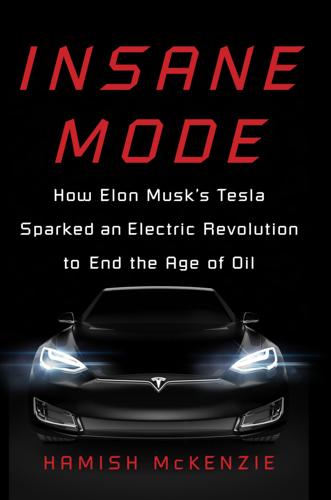
Insane Mode: How Elon Musk's Tesla Sparked an Electric Revolution to End the Age of Oil
by
Hamish McKenzie
Published 30 Sep 2017
As the LeSee crept forward without a human driver, he raised his right fist and gently punched the sky. * * * You never have to look far to find scenes of change in China, but the sense of dynamism is perhaps nowhere more profound than in the border city of Shenzhen. In the 1970s, Shenzhen was an unremarkable fishing village at the end of the Kowloon-Canton rail route. Since President Deng Xiaoping established it as a Special Economic Zone in 1980 as part of the opening up of China’s economy, it has been on a mercantile tear, its population exploding to twelve million people. Today, Shenzhen is a booming metropolis, overflowing with energy and optimism.

Connectography: Mapping the Future of Global Civilization
by
Parag Khanna
Published 18 Apr 2016
Successful economic strategy today must therefore include strategic city-level investments to absorb the masses and catapult societies into modernity. SEZs have proven to be enormous catalysts for connectivity and growth across underdeveloped countries. In 1979, Deng Xiaoping designated Shenzhen, then a fishing village north of Hong Kong, as China’s first special economic zone. Since that time, Shenzhen has grown into a thriving international hub of fifteen million people with a per capita GDP a hundred times larger than three decades ago.3 That same year, Mauritius opened its first textile SEZ and launched itself on a 6 percent growth path and all but eliminated unemployment.

The Human City: Urbanism for the Rest of Us
by
Joel Kotkin
Published 11 Apr 2016
These poor places—most with median incomes between Dhaka at US$3,100 per capita and Bangkok at US$23,000 per capita—will continue to grow, although their growth rates may also slow due to smaller family size and competition from other generally smaller cities. China, not surprisingly, is home to six megacities, the most of any country, reflecting the country’s extraordinarily rapid urbanization. The second-fastest-growing megacity over the past decade, Shenzhen, was a small fishing village before it became a focus of former Chinese leader Deng Xiaoping’s first wave of modernization policies. In 1979, the village had roughly 30,000 people;19 now, it is a thriving metropolis of 12 million whose population grew 56 percent in the past decade. Its rise has been so recent and quick that the Asia Society has labeled it “a city without a history.”20 India matches Japan with three megacities, all growing much faster than any city in the high-income world.

Stakeholder Capitalism: A Global Economy That Works for Progress, People and Planet
by
Klaus Schwab
Published 7 Jan 2021
As a result, people from all over China began flocking to the SEZs, drawn by the jobs and the allure of being part of something new and growing. From some 30,000 residents in the early 1980s, Shenzhen grew to become a fully-fledged Tier 1 city of more than ten million people, alongside Beijing, Shanghai, and Canton's capital to its northwest, Guangzhou. Gone were the days of Shenzhen as a “sleepy fishing village” next to some paddies of rice. As the Special Economic Zones were a runaway success, the Chinese government created more of them, mostly along China's east coast. Cities such as Dalian, close to Korea and Japan, and Tianjin, the main port city serving Beijing (and both now home to the World Economic Forum's Summer Davos meetings) as well as Fuzhou, home to many Chinese emigrants to Singapore, were added in 1984.
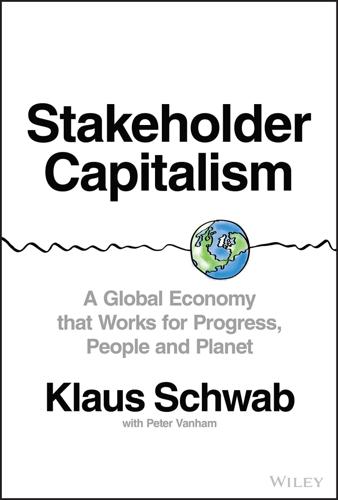
Stakeholder Capitalism: A Global Economy That Works for Progress, People and Planet
by
Klaus Schwab
and
Peter Vanham
Published 27 Jan 2021
As a result, people from all over China began flocking to the SEZs, drawn by the jobs and the allure of being part of something new and growing. From some 30,000 residents in the early 1980s, Shenzhen grew to become a fully-fledged Tier 1 city of more than ten million people, alongside Beijing, Shanghai, and Canton's capital to its northwest, Guangzhou. Gone were the days of Shenzhen as a “sleepy fishing village” next to some paddies of rice. As the Special Economic Zones were a runaway success, the Chinese government created more of them, mostly along China's east coast. Cities such as Dalian, close to Korea and Japan, and Tianjin, the main port city serving Beijing (and both now home to the World Economic Forum's Summer Davos meetings) as well as Fuzhou, home to many Chinese emigrants to Singapore, were added in 1984.
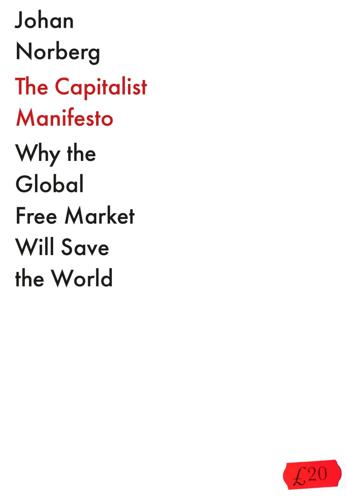
The Capitalist Manifesto
by
Johan Norberg
Published 14 Jun 2023
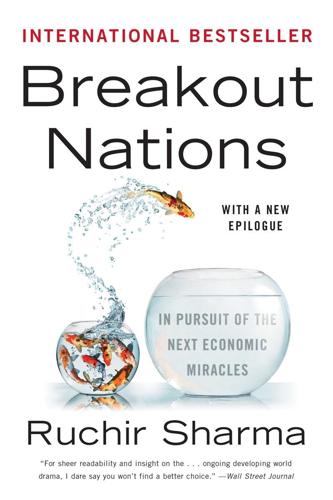
Breakout Nations: In Pursuit of the Next Economic Miracles
by
Ruchir Sharma
Published 8 Apr 2012
Rising population helps drive growth when people are moving to higher-paying and more productive factory jobs in the cities, not languishing in farm regions. In China twenty-three cities have grown from a population of one hundred thousand to more than a million since 1950. These include some of the most dynamic urban areas, such as Shenzhen, which was a fishing village as recently as the 1970s. India has only six cities in this explosive growth category, and a more aggressive effort to encourage urbanization might have boosted India’s long-term growth rate to double digits. None of this seemed to matter too much to India’s policy makers, who until recently were supremely confident that their country would become the fastest-growing major economy this decade.
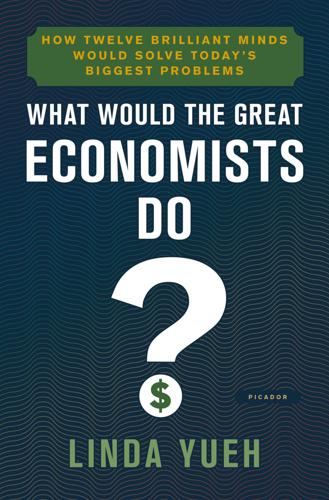
What Would the Great Economists Do?: How Twelve Brilliant Minds Would Solve Today's Biggest Problems
by
Linda Yueh
Published 4 Jun 2018
They are eating into Samsung’s world market share, which has fallen from one-third to around one-fifth. For Apple, two-thirds of its sales are outside the US, and in those markets the iPhone is facing considerable competition from cheaper brands. And there are many of them. There are 6,000 handset manufacturers in Shenzhen alone. Once a fishing village close to Hong Kong, it’s now a massive tech hub rivalling Silicon Valley in California. This area produces the majority of the mobile phones in the country, and China produces more than half of the 2.5 billion phones sold around the world annually. In light of this competition, what might happen to the smartphone pioneers Apple and Samsung in the coming years and how might they adapt to the maturing market and growth in manufacturers of cheaper smartphones?
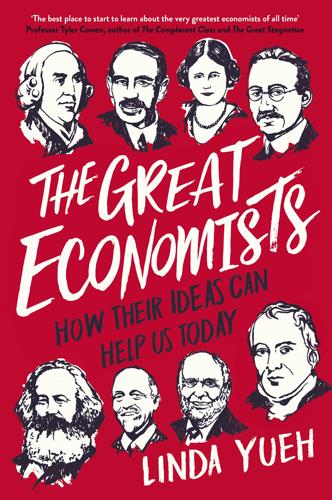
The Great Economists: How Their Ideas Can Help Us Today
by
Linda Yueh
Published 15 Mar 2018
They are eating into Samsung’s world market share, which has fallen from one-third to around one-fifth. For Apple, two-thirds of its sales are outside the US, and in those markets the iPhone is facing considerable competition from cheaper brands. And there are many of them. There are 6,000 handset manufacturers in Shenzhen alone. Once a fishing village close to Hong Kong, it’s now a massive tech hub rivalling Silicon Valley in California. This area produces the majority of the mobile phones in the country, and China produces more than half of the 2.5 billion phones sold around the world annually. In light of this competition, what might happen to the smartphone pioneers Apple and Samsung in the coming years and how might they adapt to the maturing market and growth in manufacturers of cheaper smartphones?
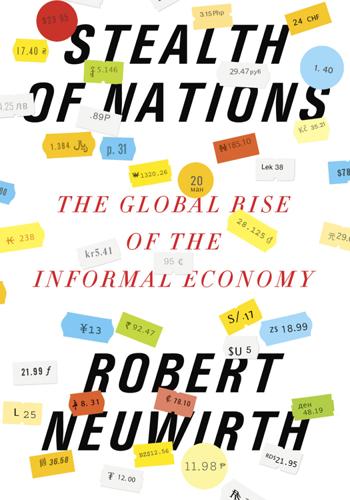
Stealth of Nations
by
Robert Neuwirth
Published 18 Oct 2011
For decades it was a sleepy rural outpost, a green suburb in the New Territories of the former British protectorate of Hong Kong, the site of the last station on the old Kowloon-Canton Railway (today known as the MTR East Rail Line, a branch of Hong Kong’s subway) before you entered the People’s Republic of China. Shenzhen, across the river, was a placid, picturesque fishing village. Between 1949 and 1979, the only legal way to cross this border was to hike over the small bridge at Lo Wu. Then, in the 1980s, China designated Shenzhen a Special Economic Zone, and Guangdong province, in which the city is located, became a haven for factories. By June 30, 1997, when the British handed Hong Kong back to China, Shenzhen was poised to challenge the capitalist city to the south.

Aerotropolis
by
John D. Kasarda
and
Greg Lindsay
Published 2 Jan 2009
Abandoned by many of their shadowy clients, ambitious companies like Casey’s are learning to innovate instead. Both stories begin in Shenzhen. Liam Casey arrived in 1996, a few years after paramount leader Deng Xiaoping declared “to get rich is glorious” while passing through the city on his farewell tour. Deng is the father of Shenzhen, having chosen this sleepy fishing village as the first of China’s “special economic zones” in 1980. Foreign firms were invited to open shop here with few constraints or taxes, triggering the transformation of the Pearl River Delta into “the factory of the world” and Shenzhen into the “Overnight City,” having grown two-hundred-fold since then.
…
The combination of these clusters and air cargo created a feedback loop carpeting the Delta with factories capable of supplying the entire world. Nearly a third of all the magnetic recording heads at the heart of your hard drive and a sixth of all keyboards are made in the city of Dongguan, just up the road from Shenzhen. Twenty years ago, it was another fishing village; today it’s larger than Chicago. These instant megacities were inevitable. They didn’t have to happen here—they did because Deng and his successors willed them to—but they would have sprouted somewhere. The economics make too much sense. Research by the World Bank suggests the reason China’s megacities have grown so big, so fast is that the returns to scale have grown so massive.

Tech Titans of China: How China's Tech Sector Is Challenging the World by Innovating Faster, Working Harder, and Going Global
by
Rebecca Fannin
Published 2 Sep 2019
DJI pulled in around $30 million at a valuation of $1.6 billion in January 2015 from Sequoia Capital China, then $75 million at an $8 billion valuation in May 2015 from Silicon Valley–based Accel Partners, the same firm that backed Facebook and Dropbox. DJI is next aiming to haul in $1 billion at a valuation as high as $15 billion. What follows could be an initial public offering. Shenzhen Base Makes Sense DJI is located in Shenzhen for a reason. This former fishing village rose to become the world’s factory for Apple iPhone and Nike sneakers and has moved up the ladder to design and development of highly advanced technological products such as drones and other internet-connected devices. DJI’s proximity to designers and component suppliers lets it do rapid prototyping to find out what concepts work in practice, scrap those that don’t work, and perfect those that do.
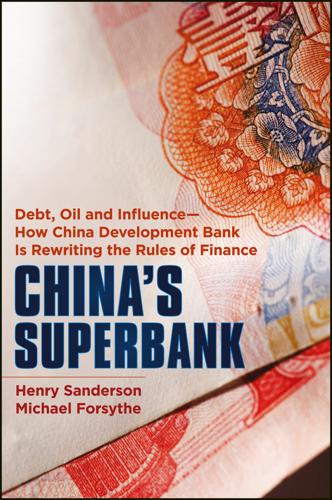
China's Superbank
by
Henry Sanderson
and
Michael Forsythe
Published 26 Sep 2012
Inside, a queue of young Ethiopians waited in the hot sun clutching plastic folders with their resumes. Gong said when the zone first opened, it had 1,000 applicants for 200 jobs. Still, finding skilled labor in the country is hard, she said. “They are all Chinese putting up the TV as you can’t get locals to do it,” she said. On a trip to China in August 2011, Meles visited Shenzhen, which has risen from a fishing village to a city of more than 10 million in 30 years, and met with Zhang, Huajian’s founder. In September, Zhang led a delegation from Guangdong’s chamber of commerce to Ethiopia, and he decided to invest, attracted by the low cost of labor, cheap electricity, and support for foreign investment by Meles’s government.
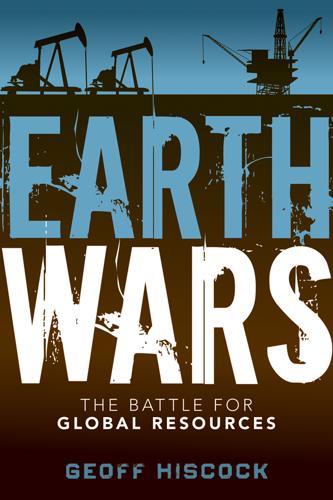
Earth Wars: The Battle for Global Resources
by
Geoff Hiscock
Published 23 Apr 2012

Adapt: Why Success Always Starts With Failure
by
Tim Harford
Published 1 Jun 2011
It is just such a formula that Paul Romer is now promoting. There is plenty of evidence that charter cities could work in today’s world. There’s Singapore, long a successful independent city state off the coast of Malaysia; Hong Kong, for many years a British enclave on the South China Sea; more recently, Shenzhen, thirty years ago a fishing village not far from Hong Kong, now a city to rival Hong Kong itself after being designated China’s first ‘special economic zone’. Beyond South-East Asia, Dubai has proved – property bubble notwithstanding – that one can build a successful city anywhere. What all four cities have in common with Lübeck, along with their coastal settings, is that they have been governed by different rules from surrounding areas.

What We Owe the Future: A Million-Year View
by
William MacAskill
Published 31 Aug 2022
One way of understanding this, without committing oneself to the spooky metaphysics of objective moral truths, is to think of the morally correct view as the moral view that you would come to endorse if you had perfect information and unlimited time to reflect, could experience a diversity of lives, and were exposed to all the relevant arguments. 126. A common myth is that Shenzhen grew from a small fishing village to a huge city over the course of a few decades, but this isn’t true. In 1979, Shenzhen was a market town with some industry and a population of 310,000 (Du 2020, Chapter 1). Special economic zones have been tried in other places, but in spite of some successes like Shenzhen, on average, they have not grown faster than their host country (Bernard and Schukraft 2021). 127.
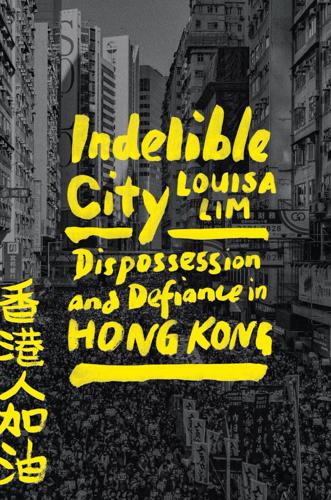
Indelible City: Dispossession and Defiance in Hong Kong
by
Louisa Lim
Published 19 Apr 2022
That was going through my mind as I looked over the water at Shekou and Qianhai. The skyline, including towers designed by Rem Koolhaas’s OMA and Norman Foster, looked like a playground for the world’s architects. This moment gazing across Deep Bay represented a turning point for me. Before 1979, when Shenzhen had been the proverbial sleepy fishing village, its people might have gazed on the metropolis of Hong Kong with the same sort of open-mouthed wonder. Now I realized that we Hong Kongers had become the sleepy villagers. Even though this role reversal had been approaching for years, it still required a profound psychological recalibration.

Editing Humanity: The CRISPR Revolution and the New Era of Genome Editing
by
Kevin Davies
Published 5 Oct 2020
JK announced the “He Jiankui and Michael Deem Joint Laboratory” on his blog before he’d even left Stanford, along with the SUSTech Gene Sequencing Center, which would feature “a world-class next-generation DNA sequencing platform.” * * * The location of SUSTech in Shenzhen, neighboring Hong Kong, was significant. Just twenty-five years earlier, Shenzhen had been little more than a fishing village. In 1980, the Chinese government declared Shenzhen an economic prosperity zone. The subsequent expansion has been astonishing: today, Shenzhen is a sprawling city of 20 million people, dominated by high-tech, manufacturing, and China’s largest genomics company, BGI (formerly the Beijing Genomics Institute).
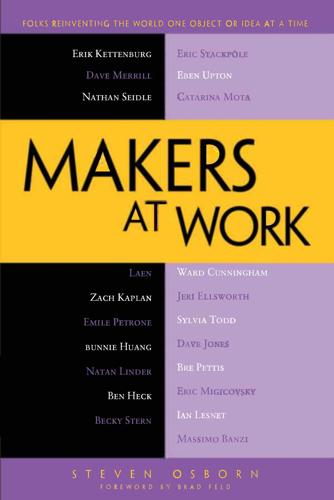
Makers at Work: Folks Reinventing the World One Object or Idea at a Time
by
Steven Osborn
Published 17 Sep 2013
I’ve just been on an extended business trip since then, hanging out here, working in the market, and building things. I’ve been in cities with big electronics markets like Tokyo and Seoul, and the difference between what I see here and anywhere else is that this place is built to do business. This place is built to get things done. Thirty years ago, there was no Shenzhen. It was a little fishing village just across the border from Hong Kong. Now it’s a city of ten to twenty million people, depending on how you count it. And this has all grown up around the Special Economic Zone that China designated for manufacturing. It’s a very, very special place. There’s nowhere else in China like this.
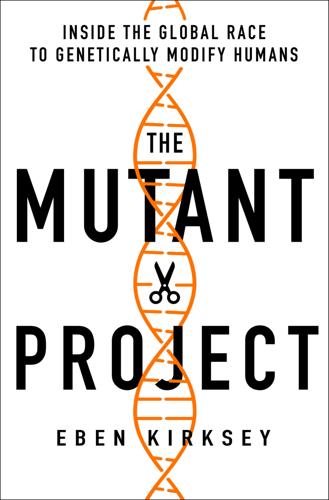
The Mutant Project: Inside the Global Race to Genetically Modify Humans
by
Eben Kirksey
Published 10 Nov 2020
Mary Ann O’Donnell, an anthropologist and long-term resident, met me in a historic Shenzhen neighborhood with factories that had produced Cabbage Patch dolls, cheap electronics, and plastic Star Wars figurines in the 1980s. While we walked the streets, she introduced me to the city that supported Dr. He’s research. In the space of thirty years, Shenzhen had grown from a collection of fishing villages into a megacity with a larger population than New York City. O’Donnell explained that Shenzhen had been the place where China first opened up to global capitalism. After the death of Chairman Mao, who isolated the country with a hard-line Communist regime, a new generation of leaders was keen to trade with the rest of the world.
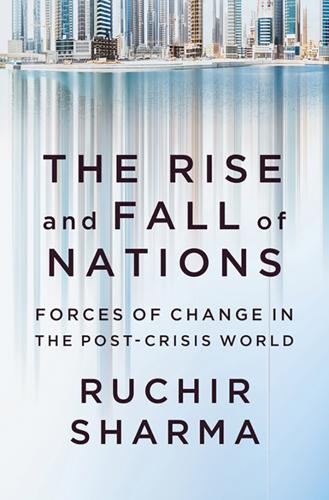
The Rise and Fall of Nations: Forces of Change in the Post-Crisis World
by
Ruchir Sharma
Published 5 Jun 2016
One of the surprises about China’s top-down approach to development is how much freedom Beijing granted to its lesser cities to take advantage of their location, even to commandeer land or funnel bank loans into building projects. This was authoritarian-style development but with power dispersed to the local level. Shenzhen was a Pearl River fishing village before 1979, when Beijing turned the area into one of China’s first experiments in opening to foreign trade and investment. The resulting boom lifted neighboring Dongguan and Zhuhai, which along with Shenzhen are three of China’s fastest-growing cities. In fourth place is Yiwu, an inland city in Zhejiang province that has prospered as the eastern terminus of the longest cargo railway line in the world, connecting China to Madrid.

Who Stole the American Dream?
by
Hedrick Smith
Published 10 Sep 2012
Wal-Mart Sets Up Shop in Shenzhen, South China’s “Miracle City” China was a gold mine for Wal-Mart. Like other U.S. multinationals, it set up shop in China big-time, with headquarters in Shenzhen, the miracle city that embodies China’s breathtaking explosion of economic growth since 1978. For centuries, Shenzhen had been a sleepy little fishing village just across Kowloon Bay from Hong Kong. Then in 1978, Chinese leader Deng Xiaoping proclaimed a new strategy of economic reform. He blessed private farming, free markets, and an “open door” to world trade. He named Shenzhen a customs-free zone for trade—a springboard for China’s export strategy to the West.

The Undercover Economist: Exposing Why the Rich Are Rich, the Poor Are Poor, and Why You Can Never Buy a Decent Used Car
by
Tim Harford
Published 15 Mar 2006
Over half of all investment into China in 1990 came from the tiny country of Hong Kong, while Japan and the United States together supplied only a quarter. Further, almost half of all investment arrived in Guandong; Fujian was the second largest recipient. The city of Shenzhen, across the border from Hong Kong, was a fishing village in 1980 when it became a special economic zone. Twenty years later property developers were pulling down skyscrapers mid-construction to start building bigger skyscrapers. The Chinese say, “you’ll think you’re rich until you set foot in Shenzhen.” Unfair and arbitrary as they were, the special economic zones worked well at attracting investors without turning the entire Chinese mainland upside down.

The Metropolitan Revolution: How Cities and Metros Are Fixing Our Broken Politics and Fragile Economy
by
Bruce Katz
and
Jennifer Bradley
Published 10 Jun 2013
For American metros, long cushioned by a large and diverse domestic economy, the imperative to trade and globally engage is a seismic shock. Kunming in China and Kanpur in India—metropolitan areas that few Americans have ever heard of—are both bigger than Buffalo, Charlotte, and Jacksonville combined.1 The manufacturing powerhouse Shenzhen, China, now 11 million in population, was a small fishing village a mere 07-2151-2 ch7.indd 145 5/20/13 6:55 PM 146 A GLOBAL NETWORK OF TRADING CITIES thirty years ago.2 In a world where the natural market for a metro’s goods and services lies in a foreign metropolis 3,000 miles away rather than in a community within a two-hour drive, many U.S. mayors, local business leaders, philanthropy heads, and university presidents find the pace of global urbanization disorienting and the necessity of trading globally daunting.

Amazing Train Journeys
by
Lonely Planet
Published 30 Sep 2018
Nearby are several preserved walled villages dating back nearly half a millennium. The best-known is Kat Hing Wai, its thick grey-brick ramparts still home to members of the ancient Tang Clan. % As the train heads into Yuen Long Station, the skyline of the city of Shēnzhèn appears on the horizon, its futuristic towers rising from the green agricultural plain. A sleepy fishing village just 40 years ago, it’s now the pulsating heart of China’s tech industry. Equally futuristic is the sight, a bit further on, of Tin Shui Wai, a purpose-built ‘New Town’ of towering housing blocks so identical they look like a glitch in the matrix.
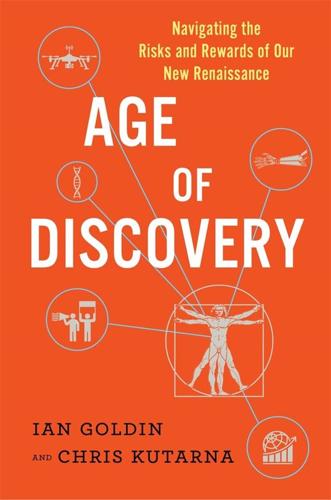
Age of Discovery: Navigating the Risks and Rewards of Our New Renaissance
by
Ian Goldin
and
Chris Kutarna
Published 23 May 2016
China’s urban population catapulted from about 200 million to almost 400 million people in four short, hectic years of transformation.48 China’s next urban boom began after 1992: Deng Xiaoping embarked on his historic Southern Tour of China’s southeast coastal region (during which he may have proclaimed, “To get rich is glorious”), solidified pro-market reforms as Communist Party dogma, and prompted an export-driven expansion that lured rural labor to the coast. Shenzhen, on China’s Pearl River Delta, became the modern-day Seville. A fishing village of some 10,000 people during the 1970s, it was anointed a Special Economic Zone in 1979 and reached 2.5 million inhabitants over the next decade. After the Southern Tour, growth leapt into a new gear: by the year 2000, Shenzhen’s population topped 8 million and by 2015, 10 million (or 15 million, counting migrant laborers).49 The story was repeated in dozens of other places, so that today over half of China’s population—nearly 800 million people—lives in its cities.50 In one generation, almost half a billion people—equal to the present population of the European Union—relocated.

Confessions of an Eco-Sinner: Tracking Down the Sources of My Stuff
by
Fred Pearce
Published 30 Sep 2009
The Shenzhen plant feeds off dozens of local component manufacturers, like Delta, which employs 20,000 young workers in nearby Dongguan and is the world’s largest manufacturer of adaptors and capacitors for computers and mobile phones. And Hua Tong in nearby Huizhou, which makes Nokia’s circuit boards. Like Foxconn, both are Taiwanese companies. Shenzhen is a city literally made by mobile phones. Twenty-five years ago it was a fishing village surrounded by rice paddy. Today it is an urban sprawl of 12 million people – twice the size of Hong Kong – and stretches for 100 kilometres along the east bank of the Pearl River to Dongguan. I met a man who had been resident for eighteen years in Shenzhen.

The Content Trap: A Strategist's Guide to Digital Change
by
Bharat Anand
Published 17 Oct 2016
The Economist noted that while 2005 had been “miserable” for most newspaper companies in the Western world, Schibsted’s performance was “a rare exception,” making it one of the only newspapers to have turned online into a profitable business. In 2011 Schibsted declared operating profits on its online businesses of roughly $220 million— nearly 60 percent that of the entire group. CHINESE VIRTUAL GIANTS Six thousand miles southeast of Oslo lies Shenzhen, one of China’s fastest-growing cities. Three decades ago it was a farming and fishing village with a few thousand people. Today it is an eleven-million-person metropolis. Most of its growth was triggered by the creation of a Special Economic Zone in 1979. Shenzhen is now a manufacturing hub, the financial center of southern China, and the home of companies with globally recognized brands, like Huawei and ZTE.